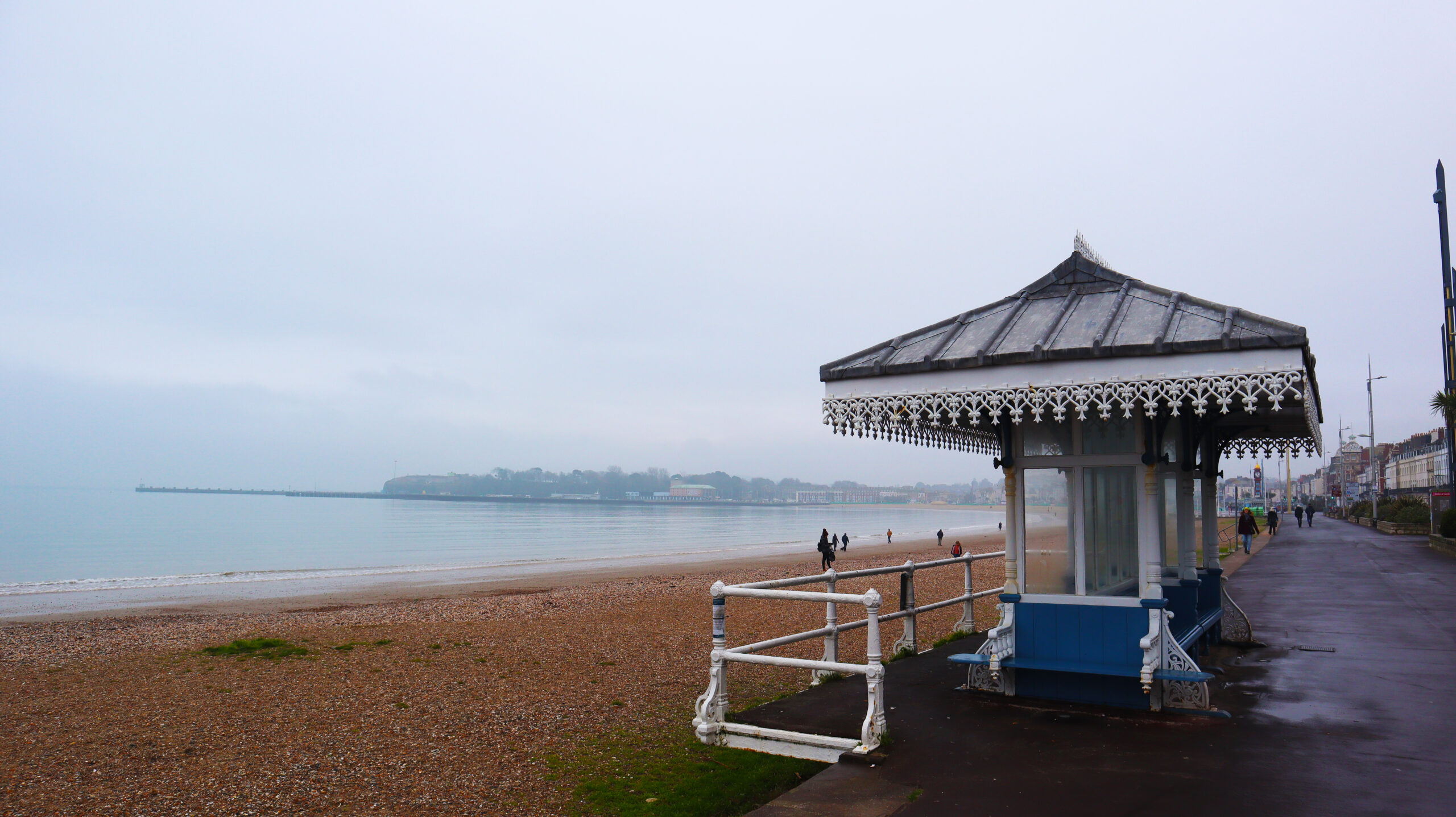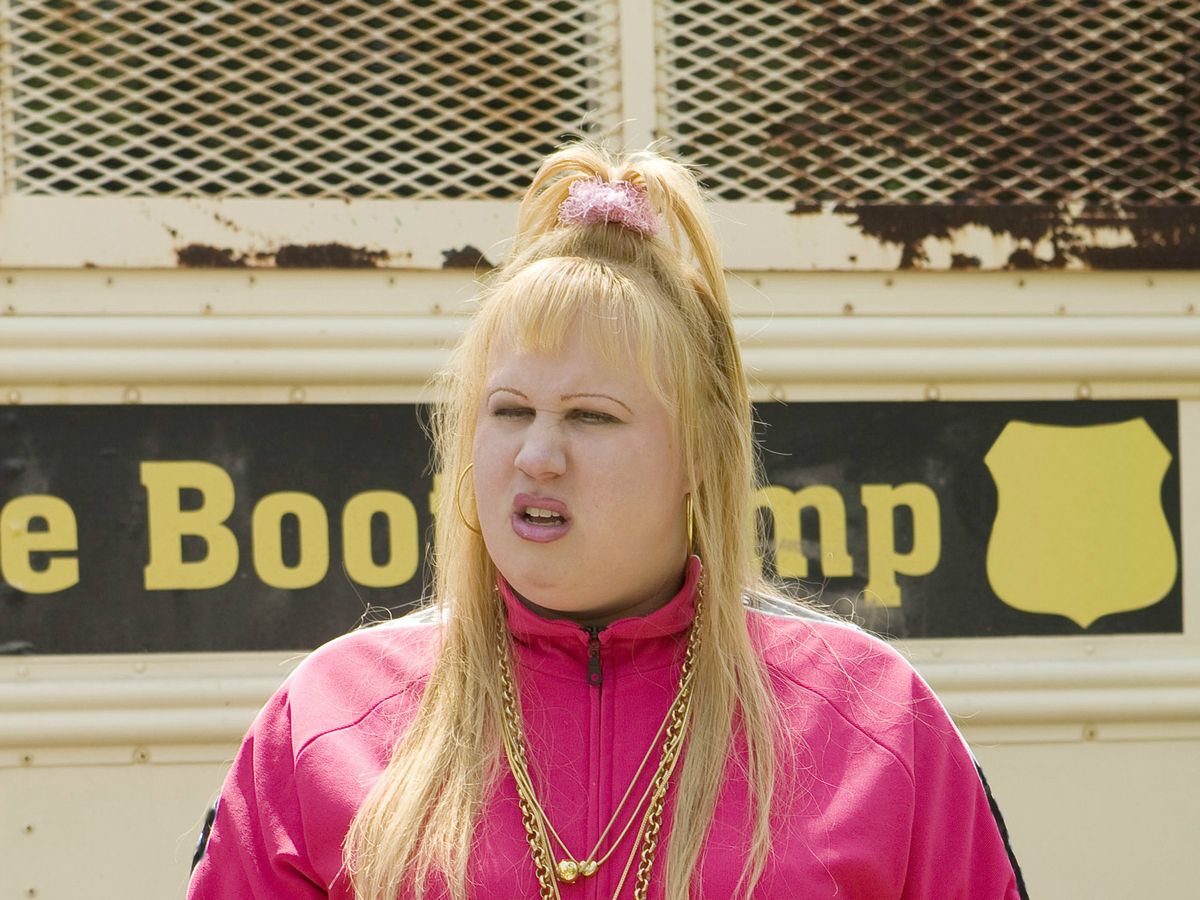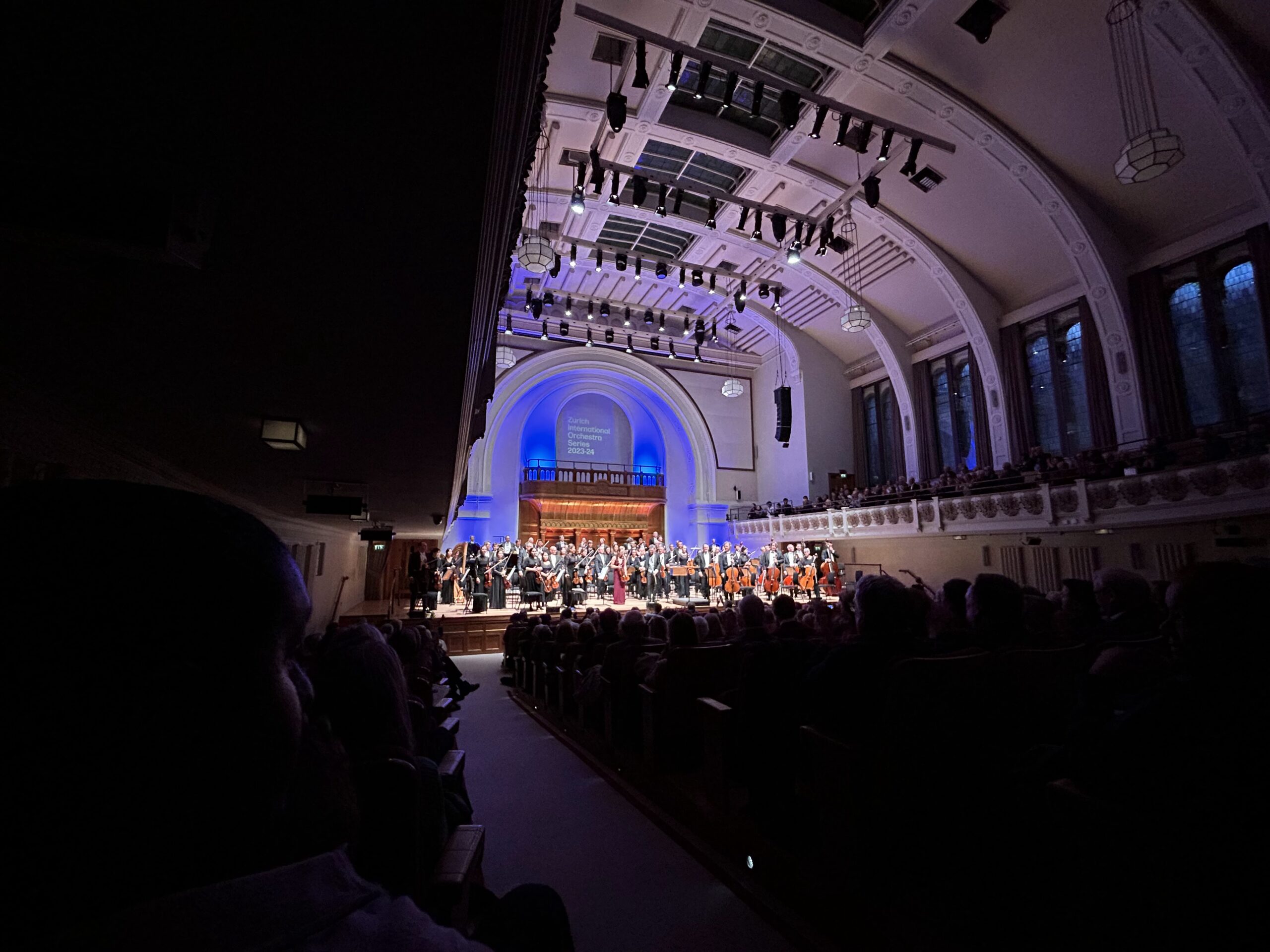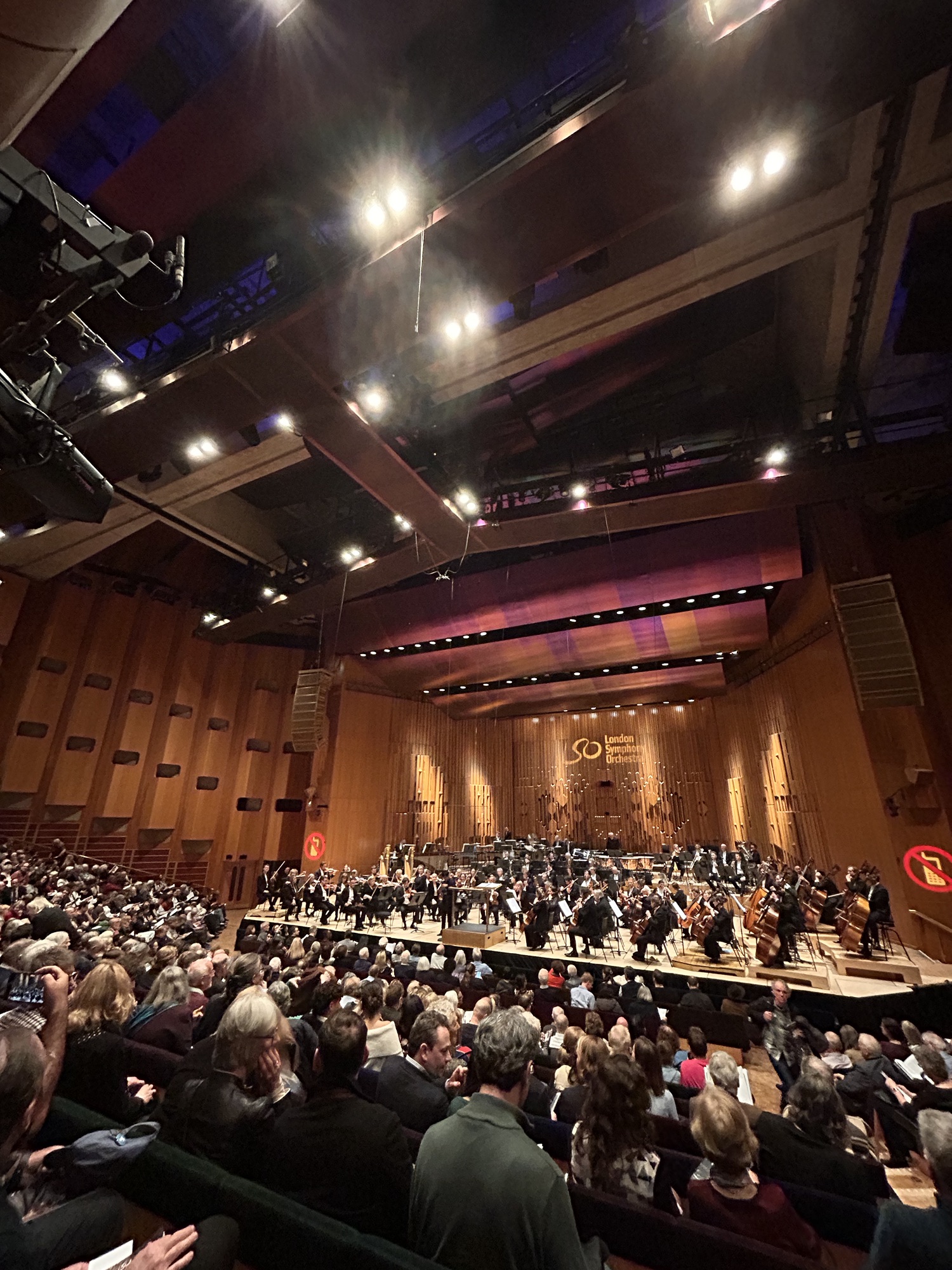Just over two and a half hours on the train southwest from London sees me reach my destination in Weymouth. I’m here fo a 24-hour trip to see and natter with classical music pal (Fran Wilson) and hear a performance at the Weymouth Chamber Music series.
It’s easy to get distracted by big brands, international names and plush seating I find. These elements are of course important in providing a guarantee for a classical music experience. Kind of. Coming to Weymouth for a chamber music concert in St Mary’s Church, I’m reminded that those other brassier urban events represent only a small proportion of the wider cultural scene. There is insight (as well as joy) to be found everywhere. Sometimes you just need to look in the opposite direction.

It’s my first time in Weymouth. It’s cold. The mist hangs around the bay that skirts the town. Tiny waves crash determinedly on the beach along which a treasure seeker swings his metal detector. Couple amble along the shoreline. Dogs leap after tennis balls. The esplanade that skirts the bay and the line of Victorian terrace of townhouses that sit behind declare some of Weymouth’s illustrious past.
These sights and sounds are a treat for the ears, neutralising the London chatter and preparing for the concert ahead – a sort of refreshing pre-concert dip in the sea without having to shed clothes and set foot in it.

On the bill at today’s Weymouth Lunchtime Chamber Concert is Irish American violinist Columba Dromgoole-Cavazzi with pianist Duncan Honeybourne. She’s a recent master’s graduate of Trinity Laban in London, before that an undergraduate from Southampton University. And I learn after the concert, it was also Columba’s first post-study recital. A big deal for her. A musician at the beginning of her career.

Her training route is reminiscent of peers of mine at Lancaster University – broad music studies first in a University environment followed by a specialist performance course at a conservatoire. Many friends who are now players, soloists, band members, administrators, and artistic directors followed this route. What followed was a hard slog as they took their first tentative steps in the industry, establishing their network, testing their limits, and fleshing out ambition. In this context, this concert is not only about listening but supporting. Not only a performance but a vital development opportunity. And at £5 a ticket – a small amount of money to gain access to St Mary’s Church – it’s a no-brainer of a contribution that guarantees a warm fuzzy feeling as a result. It’s also the first time I’ve handled cash in an absolute age.
From my seat upstairs on the balcony I observe bobble hats and thick winter coats obediently lined up in the pews below me. Warm extended applause greets the performers when they step onto stage. The sound of appreciation is full, hearty and sincere. I feel at home.
The programme combines the familiar (Beethoven’s Spring Sonata) with the unfamiliar G minor Violin Sonata by Debussy. Where my attention is really focussed is on the piece in the middle of the programme by Cecilia McDowall’s Strange Violin written in 2008. Highly atmospheric, the eery solitary eeriness is captivating. In places I hear bells ringing out in the piano part. It feels personal. There’s a sense of jeopardy in the music. Even though its completely new to me, there’s a sense that it’s constantly moving forward (reminding me of what my plus one at the LPO concert said about the Brett Dean work being packed full of a range of musical ideas that don’t linger).
I realise one other aspect of this concert experience. I’m not looking for elite performance, I’m looking for a sense of connection with the music and the instrumentalists. I undoubtedly get it in the McDowall piece, and so too in the second movement of the Beethoven Sonata when there are moments when everything in St Mary’s Church is utterly still. This sense of stillness – fleeting – is created because of the presence of the audience. We are collectively witnessing something. These are the moments I crave.
After the concert, I am introduced to Columba and Duncan Honeybourne. Warm appreciative smiles are exchanged before we all collectively head off to lunch. Columba’s mother joins us. Potted histories are shared before the mains delivered.
It turns out there’s an unexpected thing that links us at the table. Duncan who teaches at Southampton University (in 2020 Southampton was ranked the top university to study Music, now occupying seventh place ahead of Royal Academy and Guildhall School) speaks warmly of Lancaster University (where I studied) before recalling that a Lancaster Music alumni had in recent years played at Weymouth. Neil Aston was in the year above me, was the conductor of the Wind Orchestra I took over when he graduated and was along with the mighty fine clarinettist. Sickening in fact. It is a joy to hear he is still playing. I must make a point of seeking an opportunity to hear him play now.
In this moment of connection, 30 years have collapsed into what feels like only a few months. Memories flood back of me and my peers leaving Lancaster to embark on our fledgling careers unaware of quite what it would entail or how much determination would be required. And here we are at this table in a Weymouth restaurant with another fledgling member of the classical music family about to embark on a similar journey. Had I had the presence of mind I would have whispered ‘one step at a time’ to Columba. But I didn’t. I imagine she’ll figure it out herself.
As I head back to London I reflect on the experience I’ve had. Not just going to a church and listening to three pieces of music by a musician setting out on their career, but powerful connections made in listening and amongst people. It is another consistent and reliable aspect of the classical music experience I overlook.



